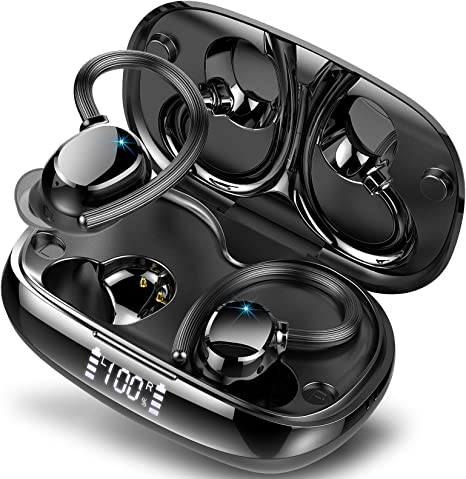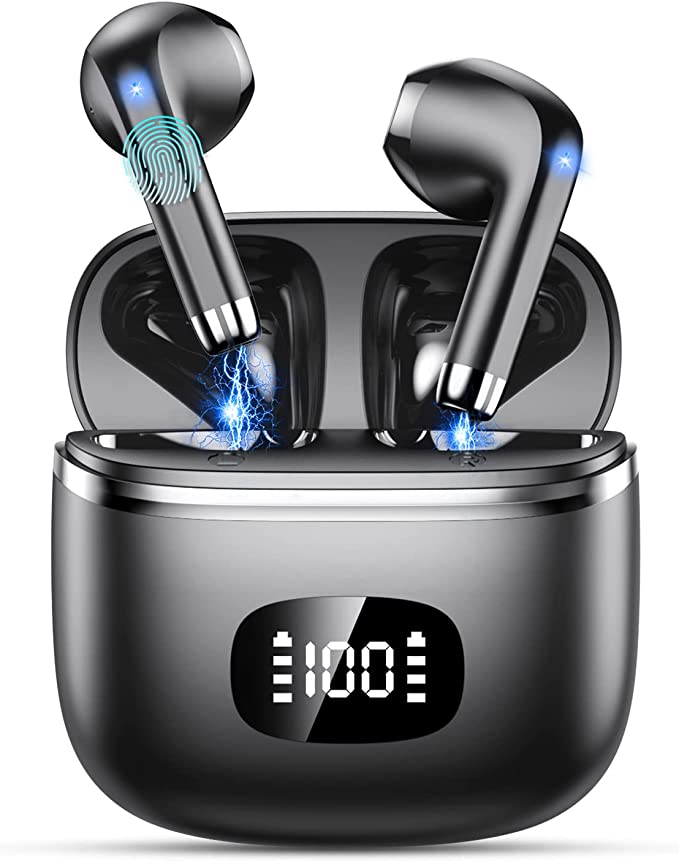PURISYSTEMS HEPA 600 UVIG-Orange Air Scrubber: Breathe Easier with Advanced Air Purification Technology
Update on June 10, 2025, 2:22 p.m.
The call came on a Monday morning, carrying the quiet desperation I’ve come to recognize over twenty years in this field. It was a Mr. Peterson. A pipe had burst in their basement two weeks prior, and though the water was gone, something else had taken its place. “The smell,” he said, his voice strained, “it’s like the whole basement is breathing. We can’t even go down there anymore.”
He was describing more than an odor. He was describing a loss of territory, a home invaded by an invisible enemy. When I arrived, the air in their basement was thick and cloying, a damp, earthy scent that clung to the back of my throat. This, I explained to the worried couple, wasn’t just a “musty smell.” It was the signature of a microbial warzone. “What you’re smelling,” I told them, gesturing to the air itself, “is a complex ecosystem of bioaerosols. Millions of mold spores, likely from species like Stachybotrys and Aspergillus, feasting on damp drywall and wood, releasing microbial volatile organic compounds into your air.”
It’s a scenario I see weekly, and it confirms what the U.S. Environmental Protection Agency (EPA) has been stating for years: indoor air pollution levels can be two to five times higher than outdoor levels. The Petersons weren’t just dealing with a bad smell; they were living on the front lines of a battle for their home’s health.

A Secret Weapon Forged in Atomic Fire
“To win this battle,” I continued, seeing the alarm in their eyes, “we need a weapon with a unique history. It wasn’t designed for homes, but for a place far more dangerous.” I find that a little history builds context and trust.
I told them about the 1940s, about the top-secret Manhattan Project. As scientists raced to develop the atomic bomb, they faced a terrifying problem: how to filter out microscopic, radioactive particles that could escape and poison the researchers. They needed a filter of unprecedented efficiency. The result of their urgent innovation was a technology they called the High-Efficiency Particulate Air, or HEPA, filter.
“The very same core technology we’re about to use to reclaim your basement,” I said, letting the weight of the statement sink in, “was born to tame atomic particles. If it can stop radioactive fallout, it can certainly handle mold.”

A Modern Arsenal for a Systematic Assault
From my van, I wheeled in my primary tool for such jobs: an orange, ruggedly built machine, the PURISYSTEMS HEPA 600 UVIG. I explained to the Petersons that this isn’t an “air purifier” in the consumer sense; it’s a professional air scrubber, an entire strategic system in a box. My battle plan was a systematic, multi-stage assault.
First, we established containment. We sealed the basement doorway with heavy plastic sheeting, creating a quarantine zone. The objective is to establish what we in the industry call “negative air pressure.” I connected a duct to the scrubber’s outlet and vented it to a small basement window. Then, I turned the dial. The machine roared to life, pulling air at a formidable 600 Cubic Feet per Minute (CFM). “Now,” I explained over the steady hum, “the air pressure in the basement is lower than in the rest of the house. Clean air can seep in, but not a single contaminated particle can escape. We’ve trapped the enemy.” For larger jobs, these units have a built-in GFCI outlet, allowing me to daisy-chain up to three of them, like linking Christmas lights, to triple the airflow and control even bigger spaces.
With the perimeter secured, the internal assault began. I showed them the thick, pleated filter I’d installed. “This is the HEPA filter—the direct descendant of the Manhattan Project’s invention. Think of it not as a screen, but as a vast, microscopic labyrinth.” I explained that it’s engineered to excel at capturing the most difficult particle size, what scientists call the Most Penetrating Particle Size (MPPS), which is around 0.3 microns. These particles, including fine construction dust like the crystalline silica that OSHA warns is so hazardous, are too large for simple random motion but too small to be easily intercepted. The HEPA standard guarantees that 99.97% of these most elusive particles are trapped within its maze.
But what about the living organisms? “Capturing them is only half the job,” I said. “We also have to neutralize them.” This is where the scrubber’s other weapons come online.
- The Molecular Scythe: Inside the machine, a built-in UV-C light bombards the passing air. I described it as a “molecular scythe.” The specific wavelength of UV-C light is a powerful germicide, proven for over a century to disrupt the DNA and RNA of microorganisms. It essentially shreds the genetic blueprint of mold spores and bacteria, rendering them unable to reproduce. It doesn’t just trap them; it terminates them.
- The Magnetic Vanguard: Finally, an ion generator releases a cloud of negative ions into the air. “Think of these as a magnetic vanguard,” I explained. “They attach themselves to the tiniest floating particles, giving them a negative charge. These charged particles then clump together, becoming bigger and heavier, making them far easier for the HEPA labyrinth to capture on the next pass.”

Victory Measured by Senses and Sensors
We let the machine run continuously. After 24 hours, the oppressive odor was noticeably diminished. After 48 hours, it was gone. The air had lost its threatening thickness; it was neutral, clean, and crisp. This was the same outcome a previous client, Mark, had described in a review, noting the machine “completely cleared out that musky smell” from his own flooded basement.
But I rely on more than my nose. I unholstered my handheld laser particle counter. In the center of the room, I took a reading. I showed the screen to Mr. Peterson. Before we started, the count of particles 0.5 microns and larger was in the millions per cubic foot. Now, it was down by over 99%.
The numbers confirmed what our senses already knew. The war was over.
A few weeks later, I received a text from Mrs. Peterson. It was a photo of their son’s train set, spread out on the floor of the now-bright, clean, and welcoming basement. The caption simply read: “Thank you for giving us our home back.”

Ultimately, that is the point of this work and the technology that supports it. We aren’t just fighting dust, and we aren’t just fighting mold. We are fighting the anxiety and loss of security that come when a home no longer feels safe. A machine like the PURISYSTEMS HEPA 600 UVIG is more than its specifications; it is a concentration of history, science, and engineering. It’s the tool we use to restore not just a room, but a family’s peace of mind.


















